#apply the facial expressions of page 166 to all of it
Text
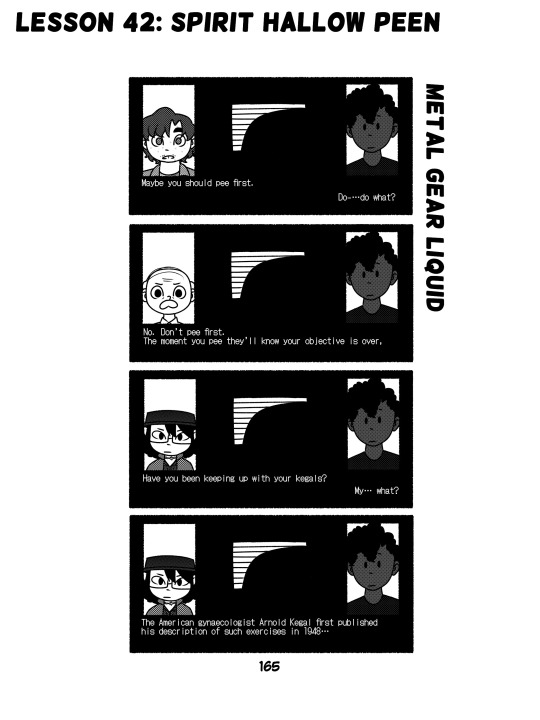
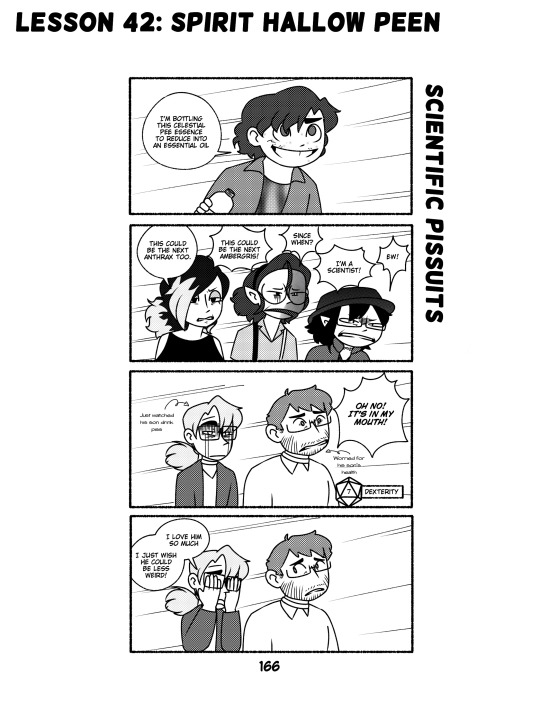
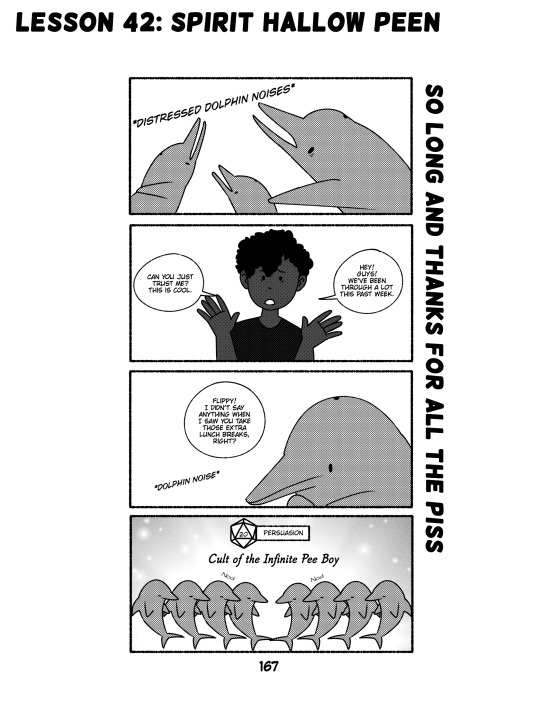
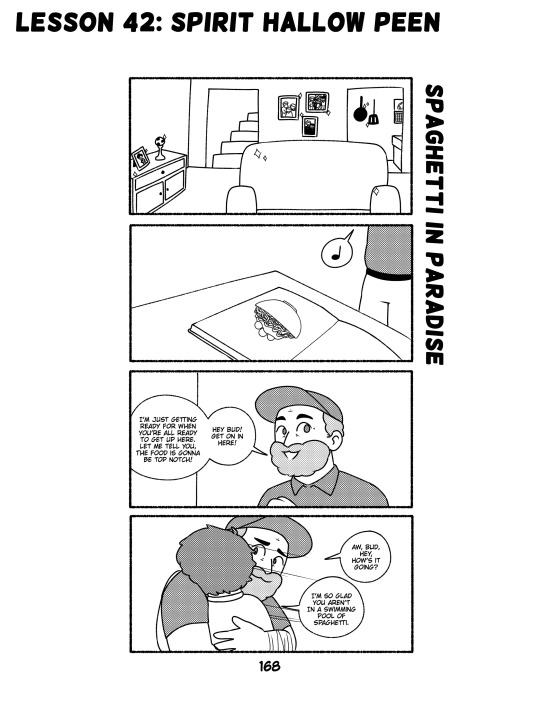
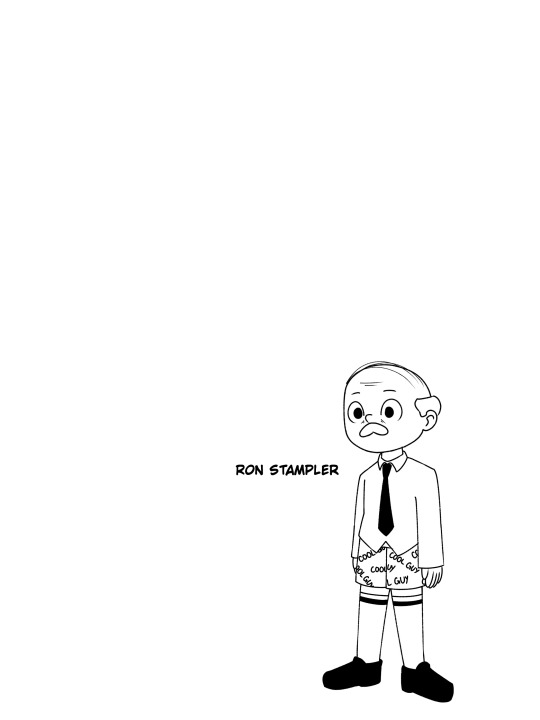
Dungeons and Daddies the Manga Lesson 42: Spirit Hallow Peen
Read right to left
[first] [prev] [next]
[masterpost]
#dndads#dungeons and daddies#lincoln li wilson#normal oak#taylor swift dndads#scary marlowe#ron stampler#hermie the unworthy#grant wilson#sparrow oak#darryl wilson#doodly#yonkoma#these are some of my favourite page titles#this sure was...#an episode#apply the facial expressions of page 166 to all of it
124 notes
·
View notes
Photo
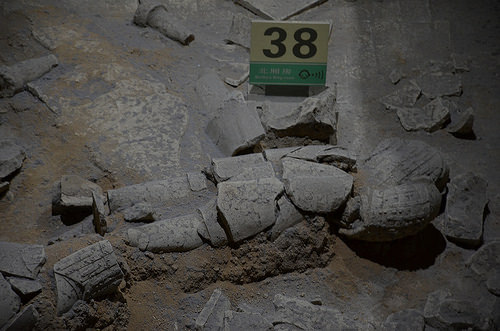
New Post has been published on http://www.injectionmouldchina.com/repair-and-restoration-must-take-some-skill/
Repair and restoration must take some skill!
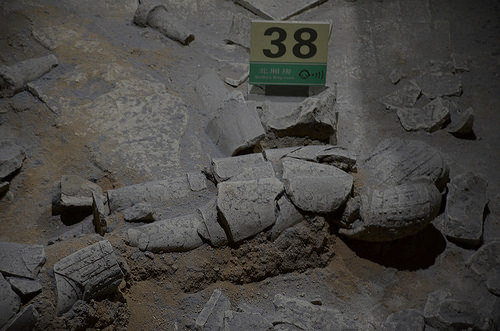
Check out these pipe molds china images:
Repair and restoration must take some skill!

Image by shankar s.
Lucky this excavated terracotta statue is more or less intact. But still, careful removal, moving to the repair station and the subsequnt restoration must take some skill and patience! The terracotta army figures were made by government labourers and local craftsmen in various workshops by using local materials. Heads, arms, legs, and torsos were created separately and then assembled by luting the pieces together. (luting= use of liquid clay or cement to glue pieces together). When completed, the terracotta figures were placed in the pits in precise military formation according to rank and duty. The faces of the terracotta figures were created using moulds, and at least ten face molds may have been used. Clay was then added after assembly to provide individual facial features to make each figure appear different. So there goes the theory by some cynics that the emperor murdered all his men and had faces made to resemble them! It is believed that the warriors’ legs were made in much the same way that terracotta drainage pipes were manufactured at the time. This would classify the process as assembly line production, with specific parts manufactured and assembled after being fired, as opposed to crafting one solid piece and subsequently firing it. In those times of tight imperial control, each workshop was required to inscribe its name on items produced to ensure quality control. This has aided modern historians in verifying which workshops were commandeered to make tiles and other mundane items for the terracotta army. (Xi’an, Shaanxi, China, May 2017)
Image from page 159 of “Illustrated catalogue of a remarkable collection of antique Chinese porcelains, pottery, jades, screens, paintings on glass, rugs, carpets and many other objects of art and antiquity, formed by Mr. A. W. Bahr, the well-known connoi
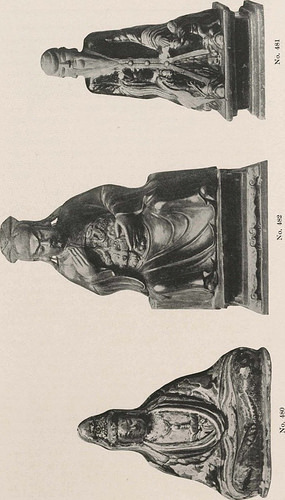
Image by Internet Archive Book Images
Identifier: liu-31289009872120
Title: Illustrated catalogue of a remarkable collection of antique Chinese porcelains, pottery, jades, screens, paintings on glass, rugs, carpets and many other objects of art and antiquity, formed by Mr. A. W. Bahr, the well-known connoisseur and authority on the ancient arts of China [electronic resource] : to be sold at unrestricted public sale at the American Art Galleries, Madison Square South, on the afternoons herein stated
Year: 1916 (1910s)
Authors: American Art Association Bahr, A. W Kirby, Thomas E. (Thomas Ellis), 1846-1924 Bernet, Otto American Art Galleries
Subjects: Bahr, A. W
Publisher: New York : American Art Association
Contributing Library: William Randolph Hearst Archive, Long Island University
Digitizing Sponsor: Metropolitan New York Library Council METRO
View Book Page: Book Viewer
About This Book: Catalog Entry
View All Images: All Images From Book
Click here to view book online to see this illustration in context in a browseable online version of this book.
Text Appearing Before Image:
rple shade, used predominantly forrobes, which have a turquoise-blue edging. Dee]) .Minggreens are used for lower layers of base, with center partand top, and for lower robes, a deep blue-tinted aubergine,yellow used for deer, stork, and details. A fine example ofearly work and in perfect condition. It is a rare exampleof the Cheng Te reign of the Ming dynasty. (Illustrated) Height, 15 inches. 482— I.mi-osixg Figure of a Deity (Ming) The imposing figure of the deity is seated on bench withrectangular pedestal of severe lines and moldings, onehand held Up and other, against girdle. Hard heavy pot-tery. The robe, witli flowing outline, is covered with a deepMing green glaze with malachite tints. Head-dress is of adeep turquoise-blue. Heavy gilding is employed for hands,face, and breast plate, which is ornamented with a dragonand clouds mostly gilt, but with parts of turquoise-blue.Pedestal is green and yellow with traces of red in the fret-work under. Height, 20y, inches.(Illustrated)
Text Appearing After Image:
Third Afternoon 483—Large Ma hulk Figere ok God ok Litkratcrk (Sung) Seated on an oblong base with arms folded in contemplativepose, and a benign expression on the face, the folds ofthe robes and the deep feeling of this work show high sculp-tural quality. The surface has been coated with red lac-quer paint and still shows traces of same. //eigh1, 21,-4 incites. 48+—Bronze-green Censer and Cover (Early Ming) Oblong, straight-sided vessel resting on four tubular feetwith cut-ribs at angles, flange at top and curved band-rimhandles. Body is decorated with diaper of small Squareswith round boss in each and archaic lined-border and largekey pattern medallions. Cover is deeply recessed, hasfloral ornament, and on top, a vigorously-molded Dog ofFo, with paw on ball of brocade. Imitation of ancientbronze sacrificial vessel. Soft pipe-clay pottery coveredwith a light bronze-green glaze of various shades, showingeffect of time in color of burnt-clay. Imitations of incrusta-tions of verdigr
Note About Images
Please note that these images are extracted from scanned page images that may have been digitally enhanced for readability – coloration and appearance of these illustrations may not perfectly resemble the original work.
Image from page 488 of “The fireside university of modern invention, discovery, industry and art for home circle study and entertainment” (1902)
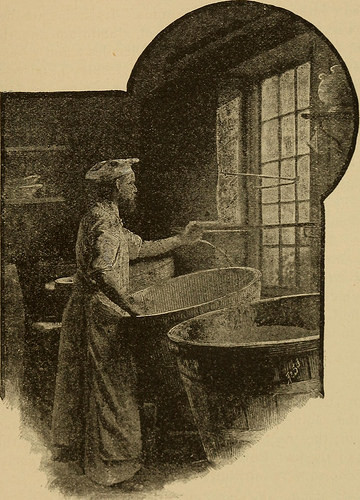
Image by Internet Archive Book Images
Identifier: firesideuniversi01mcgo
Title: The fireside university of modern invention, discovery, industry and art for home circle study and entertainment
Year: 1902 (1900s)
Authors: McGovern, John. [from old catalog]
Subjects: Science
Publisher: Chicago, Union pub. house
Contributing Library: The Library of Congress
Digitizing Sponsor: The Library of Congress
View Book Page: Book Viewer
About This Book: Catalog Entry
View All Images: All Images From Book
Click here to view book online to see this illustration in context in a browseable online version of this book.
Text Appearing Before Image:
fe-time. How were the Blue Pictures put on ? By a set of artists, each making a different part of the picture,owing to the influences of caste and unionism in the trades.When the Chinese began to paint pictures to please theEuropeans, the effects were still more grotesque, as all the badfeatures of the bad European engravings which furnished theoriginal copies were faithfully reproduced. Describe, briefly\ the entire Chinese Process ? With a quantity of the Kao-lin the Chinese potter throws his vessel on the wheel, using such molds as may be useful, andsuch hard instruments as will shorten his labors. The article isthen set to dry. The painters now apply their blue figures andlandscape. The slip fluid is now blown on with a pipe, as theChinaman loves to spray things, or the article is dipped. As we CHINA. have shown, it is with the fineness and purity of this slip thatthe Chinaman charges his famous patience. He has ground andground in water the heritage left him by the ancestor whose
Text Appearing After Image:
Fig. 166. PORCELAIN—THE DIPPING ROOM. memory he so religiously reveres. The new vessel, painted andvarnished with slip, is now packed in a clay box called a sagger inEnglish countries, and the saggers are piled up in the kiln. Thesurrounding of clay in the sagger keeps off the smoke of the 444 THE FIRESIDE UNIVERSITY. firing. The firing goes on for over a day, and the cooling alsogoes forward slowly. Now, if the cup is good, it may be gilded.A band of gold leaf may be laid on the upper outer edge, onsizing, and the cup must be fired a second time, but in a moreopen kiln with less heat. After the cup comes out, the metalband must be polished with a hard stone instrument. Paintingmay be done over the glaze, and much of the early porcelainthat came from China was thus improved by French paint-ers, greatly reducing its present value to collectors. What were the medieval Western Potters doing ? They were making vases and ornamental articles. Famouspotteries existed on the Balearic Isles,
Note About Images
Please note that these images are extracted from scanned page images that may have been digitally enhanced for readability – coloration and appearance of these illustrations may not perfectly resemble the original work.
0 notes